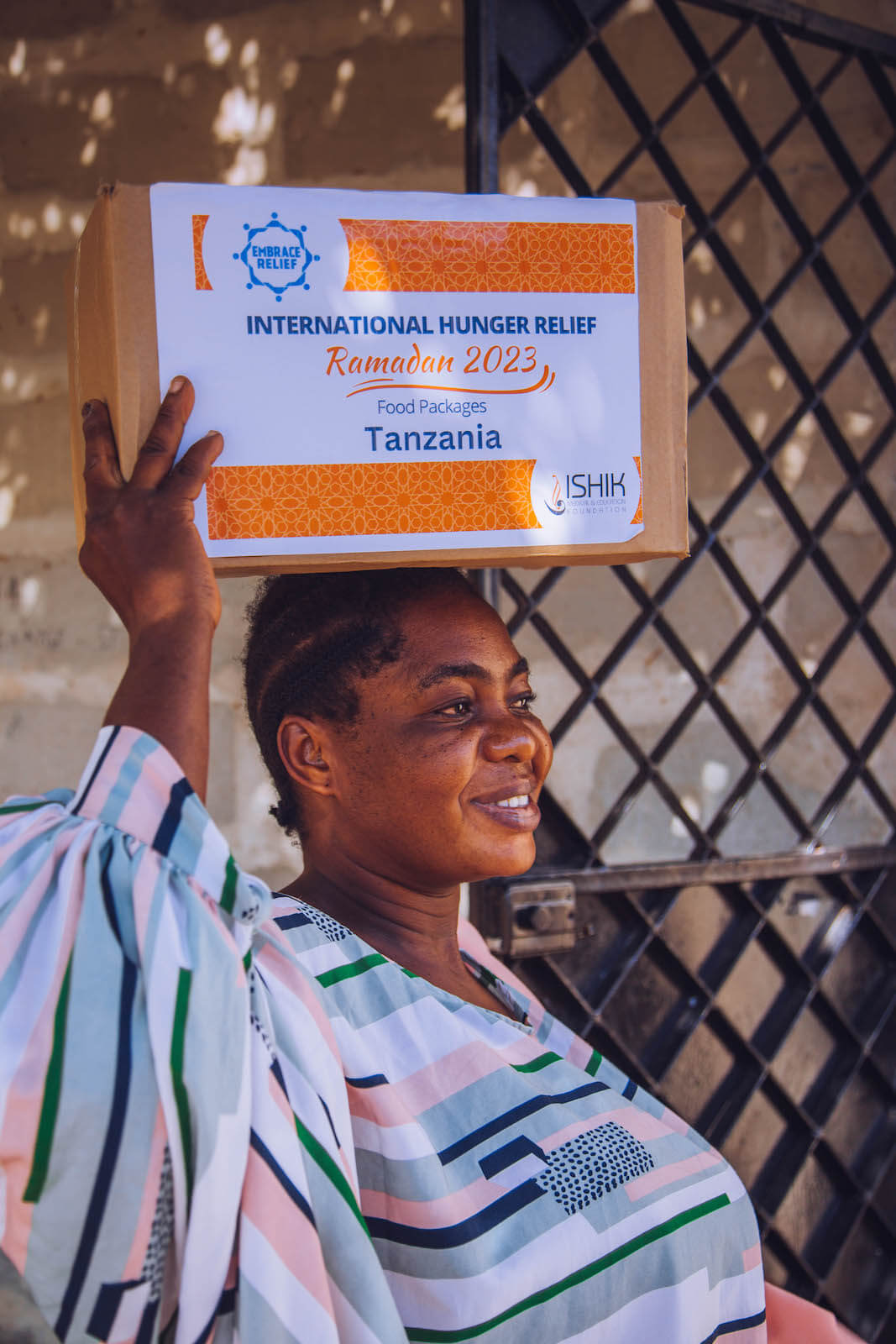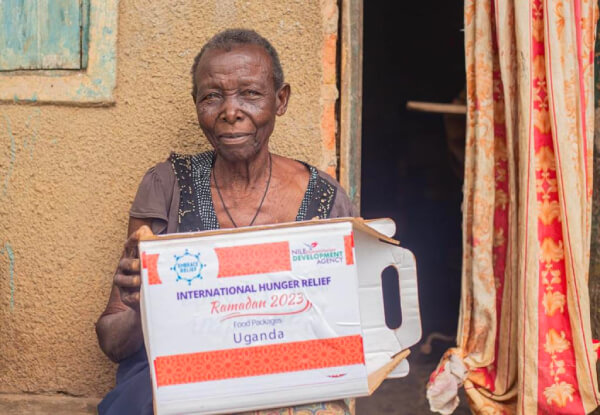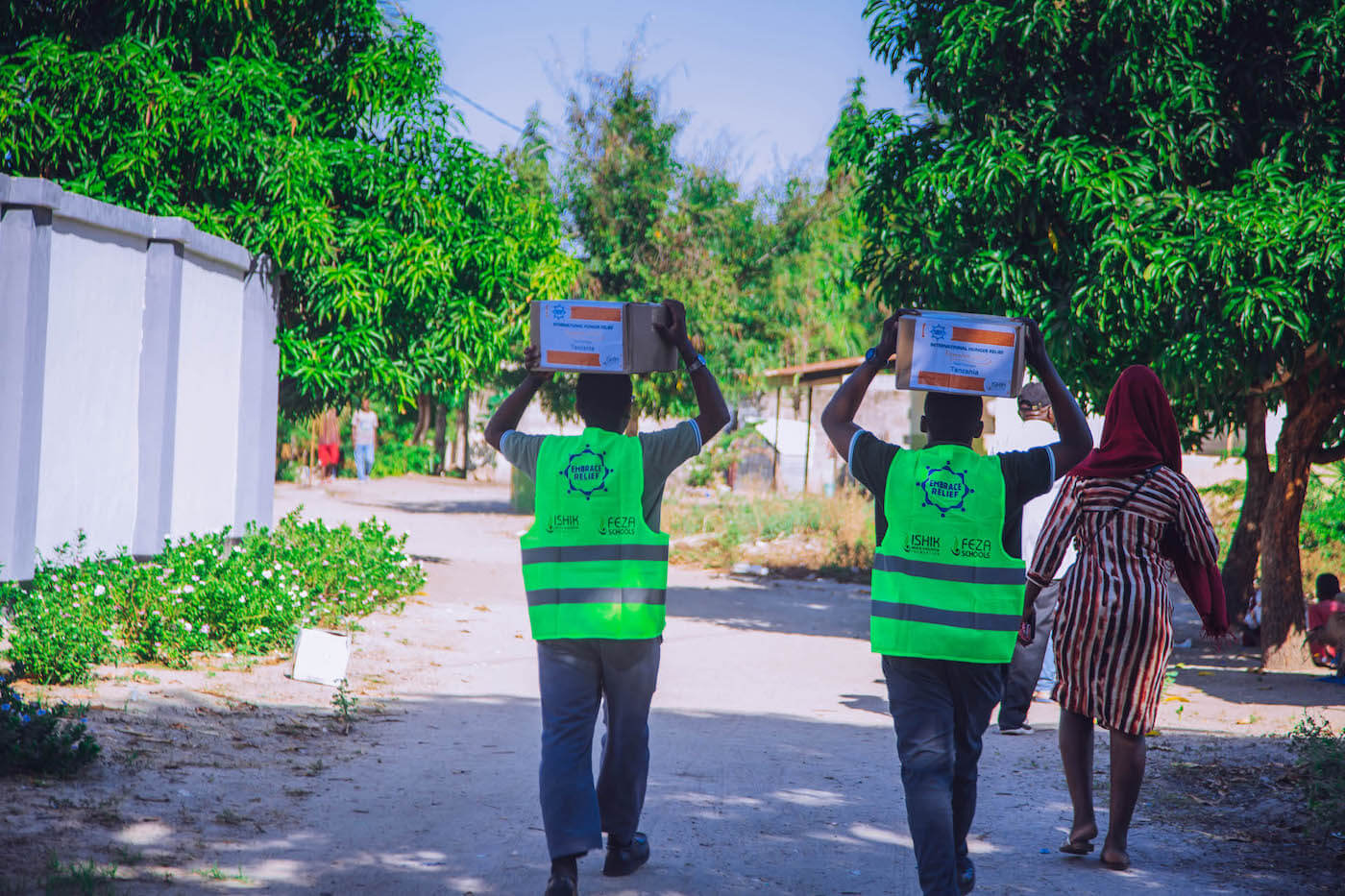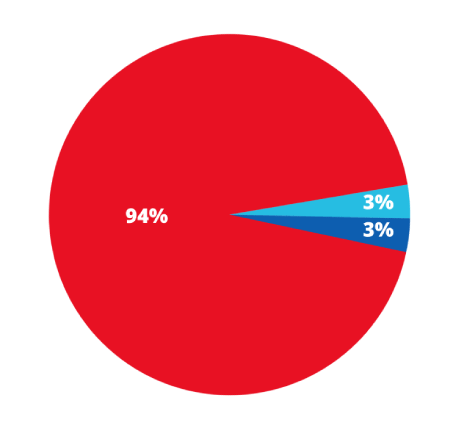Summary
- In the aftermath of the COVID-19 pandemic, world hunger levels continue to rise.
- Learn about how Africa continues to be hit hardest by a combination of factors, resulting in continually worsening hunger.
- But you can make a difference in the world hunger crisis. Support Embrace Relief’s International Hunger Relief campaigns and help us provide food packages and hot meals to those in need.

The latest estimates from the U.N. World Food Programme declare that 700 million people worldwide – nearly 1 out of every 11 people on the planet – are living with hunger in 2023. While this is a notable improvement from levels of hunger observed during the height of COVID-19, this number still represents an increase in hunger since 2019. Global hunger is driven by a number of factors, including residual supply issues from the COVID pandemic, climate change and natural disasters, and conflict. And despite positive trends elsewhere, hunger continues to especially sharply in Africa, where more than one-third of the world’s hungry people live.
The Global Hunger Index notes that most of the least food-secure countries in the world as of 2023 are located in sub-Saharan Africa. The GHI measures key hunger statistics in 135 countries, including:
- The percentage of the population of a country affected by undernourishment
- The percentage of a country’s children suffering from wasting (low body weight for one’s height)
- The percentage of country’s children suffering from stunting (low height for one’s age)
- A country’s child mortality rate
These figures are then rated on a 100-point scale relative to the highest-observed figures, meaning that the country with the highest level of undernourishment would receive a score of 100 in its category, and so on. These scores are then aggregated according to a formula to produce an overall score between 0 (no hunger) and 100 (worst hunger).
According to this formula, 14 of the 19 hungriest countries on earth are located in sub-Saharan Africa, with Burundi, South Sudan, the Central African Republic, Madagascar, Democratic Republic of the Congo and Chad all ranking in the top 10 with GHI scores of 37 or higher.
Humans produce more than enough food in a typical year to feed every single person. The biggest issue, then, is making food access equitable. The biggest current drivers of hunger are conflict, climate change and natural disasters, and the aftermath of the COVID-19 pandemic. All three of these drivers can be found in sub-Saharan Africa, as well as in places like Yemen and Afghanistan, presenting challenges for ensuring that all people have enough to eat.
But experts are now saying there might be cause to worry on the food production front, too. A combination of drought and other phenomena associated with climate change, poor harvests, the pandemic, and conflict could leave the world vulnerable to a food shortage, driving up prices and making it significantly more challenging for people in low-income countries to feed themselves and their families. That means we need to be acting doubly urgent to ensure that the crisis does not get any worse.

How Embrace Relief is helping feed people in need
Providing food to people in need around the world is a foundational part of Embrace Relief’s work. We support and operate food distributions throughout the year in dozens of countries, delivering much-needed nutritious food to people in need around the globe. Our annual International Hunger Relief campaigns make the greatest impact: during our two International Hunger Relief 2023 campaigns alone, Embrace Relief delivered food packages and meat packages to more than 150,000 people in over 20 countries, from sub-Saharan Africa and Yemen, to Afghanistan and Indonesia, from Greece to the United States.
Easing hunger is a team effort, and we can’t do any of this without you. Donate to Embrace Relief’s Hunger Relief efforts in the box below and you can be part of the solution for the many millions of people living with hunger around the world. Your donation will support food distributions in one of the many countries we serve – and every dollar you donate makes a difference.
So please, donate today. Every contribution you make helps one more family go to bed on a full stomach, and brings us one small step closer to ending world hunger.






















